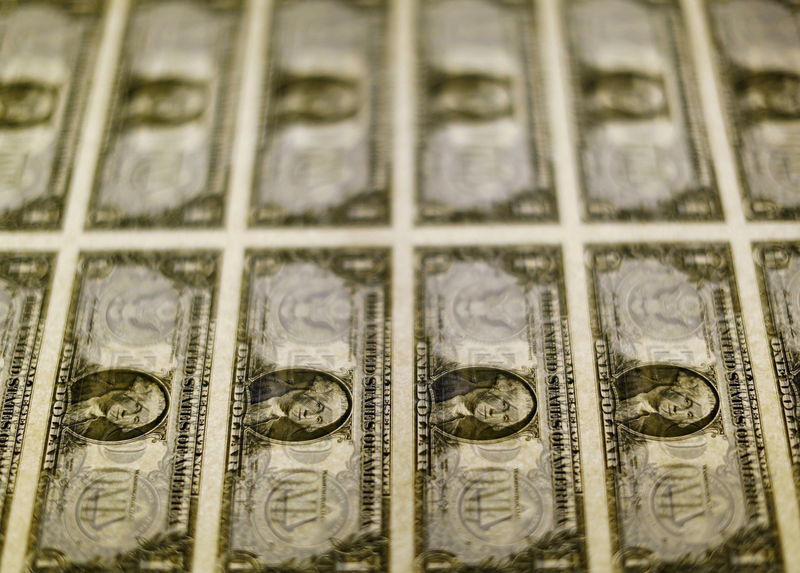Investing.com - The dollar edged higher against the other major currencies on Tuesday, as concerns over the effects of the Brexit vote continued to weigh on sentiment after the Bank of England warned of risks to come.
GBP/USD tumbled 1.16% to 1.3134, just off a 31-year low of 1.3115 hit earlier in the day.
The Bank of England warned on Tuesday of “challenging” risks to financial stability following the Brexit vote and eased regulatory requirements on the banking sector.
BoE Governor Mark Carney said the move represented a "major change" that would help the economy to cope with the Brexit consequences.
In its bi-annual financial stability report, the BoE said the risks it had feared ahead of the Brexit poll had started to materialise, as sterling plunged to 31-year lows and as financial stocks tumbled 20%.
Earlier Tuesday, research group Markit said its U.K. services purchasing managers’ index dropped to 52.3 last month from a reading of 53.5 in May. Analysts had expected the index to rise to 52.5 in June.
Despite the fact that the service sector continued to expand, Markit pointed out that the growth over the second quarter as a whole was the slowest since the first quarter of 2013.
Markit also noted that 89% of the surveys were submitted before the Brexit vote.
EUR/USD was little changed at 1.1147.
Earlier Tuesday, Markit said its German services PMI rose to 53.7 in June from 53.2 in May, compared to expectations for an unchanged reading.
For the entire euro zone, the Markit services PMI rose to 52.8 last month from 52.4 in May, also condounding expectations for an unchanged reading.
USD/JPY declined 0.77% to 101.78, while USD/CHF added 0.16% to 0.9730.
The Australian and New Zealand dollars were weaker, with AUD/USD down 0.72% at 0.7485 and with NZD/USD sliding 0.61% to 0.7183.
In a widely expected move, the RBA held its benchmark interest rate at 1.75% but said it was willing to act if necessary, fuelling speculation over a rate cut in the near future.
Also Tuesday, the Australian Bureau of Statistics said that retail sales rose 0.2% in May, compared to expectations for a 0.3% gain.
A separate report showed that Australia’s trade deficit widened to A$2.218 billion in May from a revised A$1.785 billion in April. Analysts had expected the trade deficit to narrow to A$1.500 billion in May.
In New Zealand, data earlier showed that the NZIER business confidence index rose to 19 in the second quarter from a reading of 2 in the three months to March.
Elsewhere, USD/CAD gained 0.69% to trade at 1.2934.
The U.S. dollar index, which measures the greenback’s strength against a trade-weighted basket of six major currencies, was up 0.13% to 95.73.
